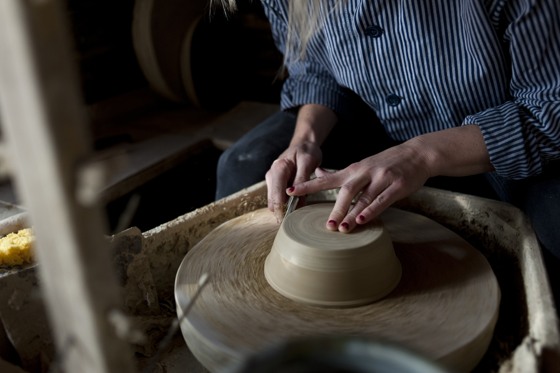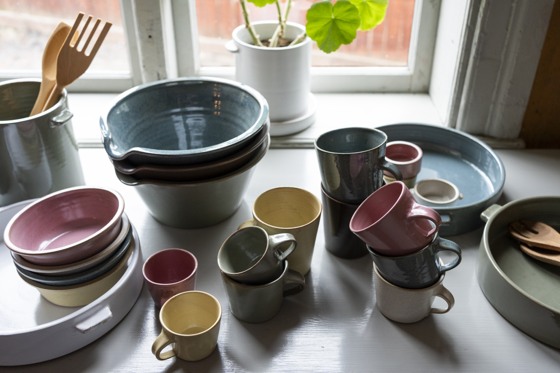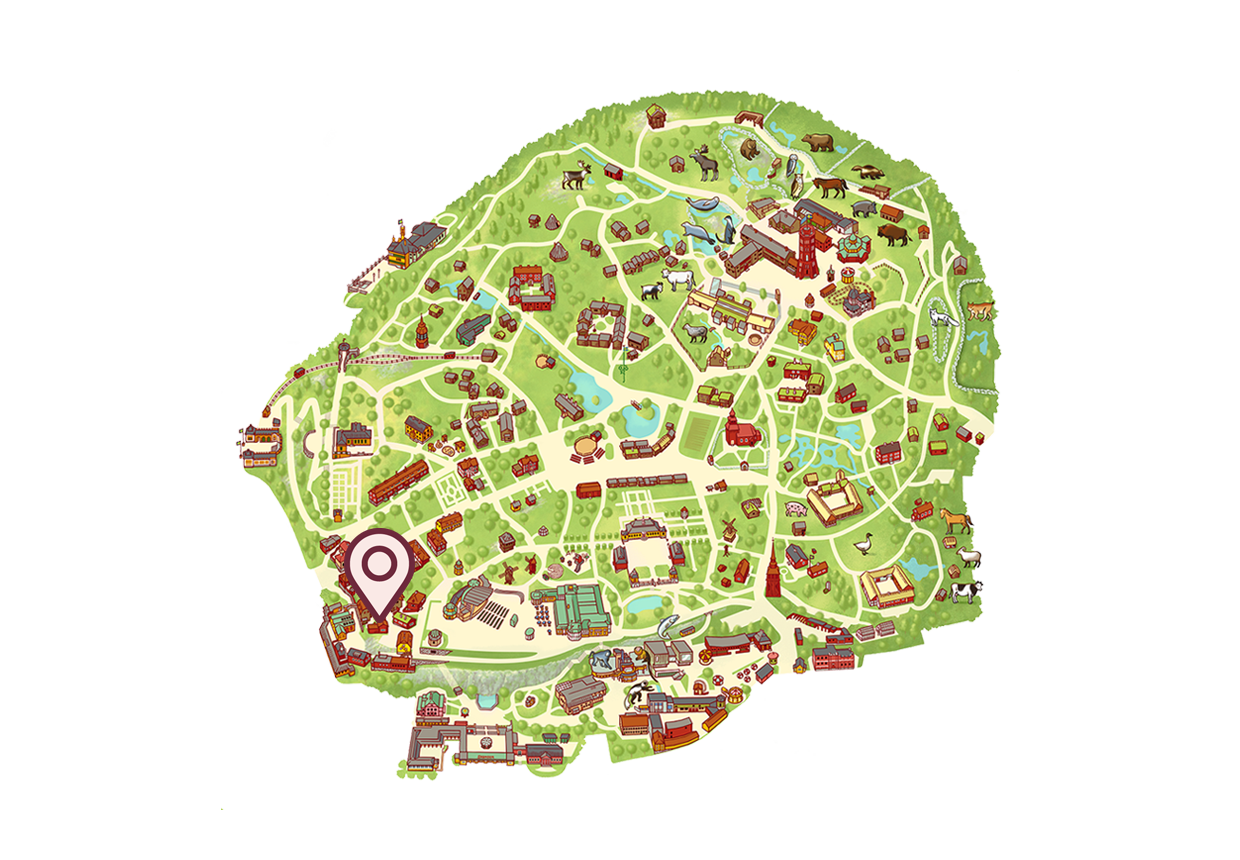Skansen's Pottery
At the Pottery, stoneware is turned and sold by hand by our potters on site in the workshop with a shop section. Here you can buy cups, bowls, spilkumen and mini vases, among other things.
-

Production all year round
At the pottery you can meet our potters every day and take part in the craft at the wheel. The turning takes place on site inside the shop, and firing and glazing in the workshop behind the shop. All the stoneware that we sell is therefore produced entirely on site. Welcome in and learn more!
-

Our pottery collection
The Pottery Collection has been designed by potter Maria Stengård, in collaboration with the Skansen store. The collection consists of a series of hand-turned household items in glazed stoneware. All items are created and sold in the Pottery at Skansen. Welcome here to discover more!
| Day | Time |
|---|---|
| Today, 6 December 2025 | 10.00-17.00 |
| 7 December 2025 | 10.00-16.00 |
| 8 December 2025 | 10.00-15.00 |
| 9 December 2025 | 10.00-15.00 |
| 10 December 2025 | 10.00-15.00 |
| 11 December 2025 | 10.00-15.00 |
| 12 December 2025 | 10.00-17.00 |
| 13 December 2025 | 10.00-17.00 |
| 14 December 2025 | 10.00-16.00 |
| 15 December 2025 | 10.00-15.00 |
| 16 December 2025 | 10.00-15.00 |
| 17 December 2025 | 10.00-15.00 |
| 18 December 2025 | 10.00-15.00 |
| 19 December 2025 | 10.00-17.00 |
| 20 December 2025 | 10.00-17.00 |
| 21 December 2025 | 10.00-16.00 |
| 22 December 2025 | 10.00-16.00 |
| 23 December 2025 | 10.00-16.00 |
| 25 December 2025 | 10.00-16.00 |
| 26 December 2025 | 10.00-16.00 |
| 27 December 2025 | 10.00-16.00 |
| 28 December 2025 | 10.00-16.00 |
| 29 December 2025 | 10.00-16.00 |
| 30 December 2025 | 10.00-16.00 |
| 31 December 2025 | 10.00-16.00 |
| 1 January 2026 | 10.00-16.00 |
| 2 January 2026 | 10.00-16.00 |
| 3 January 2026 | 10.00-16.00 |
| 4 January 2026 | 10.00-16.00 |
| 5 January 2026 | 10.00-16.00 |
| 6 January 2026 | 10.00-16.00 |
Find the Pottery

